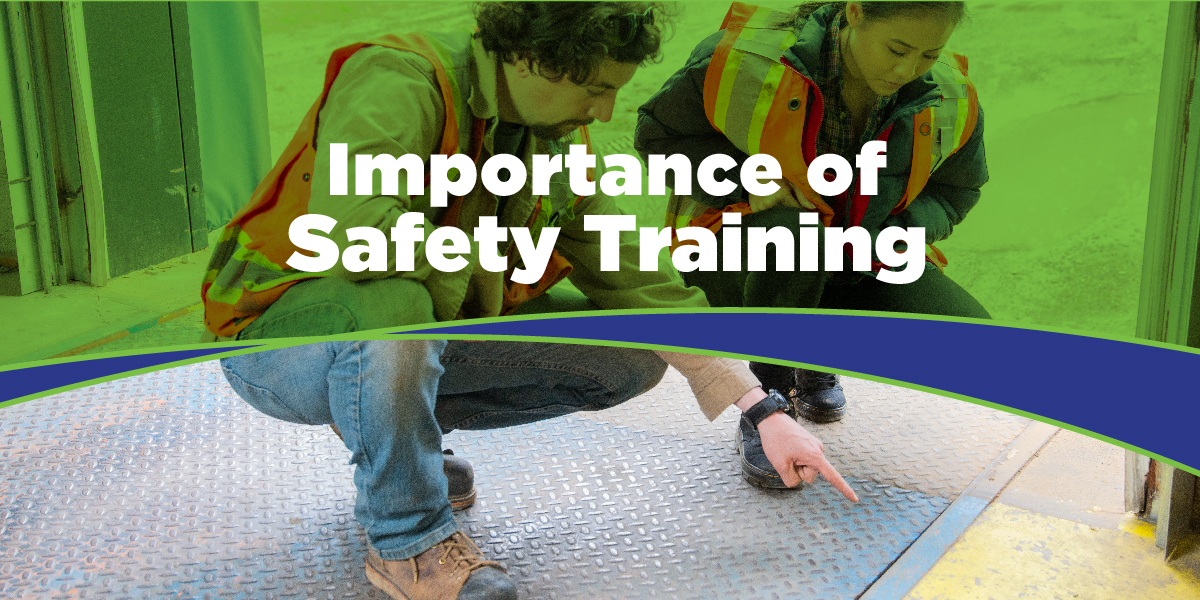It should come as no surprise that safety training for workers in your factory is an extremely important topic for OSHA compliance. OSHA provide safety training specifications to ensure that your workplace and your workers are in compliance with these safety standards.
However, up to 90% of small to medium-sized factory and warehouse companies don’t properly manage their OSHA training requirements, which puts them at serious risk of serious injuries and incurring major OSHA fines. It’s important to base your training materials on regulatory standards and recommendations. OSHA provides a guide to help you build your training program. How should you implement these recommendations?
Check Your Program Against Regulatory Guidelines and Develop an Implementation Plan
First and foremost, you will have to find holes in your training program. Check your training plan against OSHA requirements. OSHA, for example, recommends your training program includes, at minimum:
- Assess your operations to determine which OSHA standards need to be trained. Common topics include Hazard Communication, Fall Protection, Emergency Response, Lockout/Tagout (LOTO), and more.
- OSHA training standards must be customized to address your company specific health and safety hazards.
- Health and safety policies, goals, and procedures
- The functions of the health and safety program
- Information for points of contact for questions or concerns about the program
- Employer’s responsibilities under the health and safety program
- Worker’s rights under the Occupational Safety and Health Act
Some states don’t fall under Federal OSHA, and instead have state programs which must meet or exceed federal OSHA standards. If you’re in one of these states, make sure to check your safety training program against state requirements.
Design a New Training Program if Necessary
A few things to remember when re-designing your training program:
- Make sure all training is specific to each employee’s role. For every section of your warehouse or factory, make sure that everyone knows how to report emergencies and to whom.
- Again, training must be customized to address your company specific health and safety hazards.
- Show employees how to recognize hazards and how to control them. They will also need to know how incident investigations are conducted.
- Ask for feedback to improve the health and safety program as it rolls out and provide a way for employees to ask questions.
Training Solutions
Even with training program recommendations, it can be difficult to ensure that your program checks all the boxes. Berg Compliance Solutions can consult with you to create a fully customized Environmental Health and Safety turnkey training program designed to meet all regulatory requirements. Our training solutions also protect your business from civil and criminal problems if things go wrong, as well.
On a final note, it’s vital that companies maintain their training programs during the Coronavirus Pandemic. Social distancing creates training challenges since employees shouldn’t be gathered in large groups. During this time, consider using “distance learning” tools such as on-line training resources, but make sure that those resources are customized to your company specific needs as described above.
If you’re wondering how to create a compliant, effective training program for your floor workers, contact Berg Compliance Solutions today.

